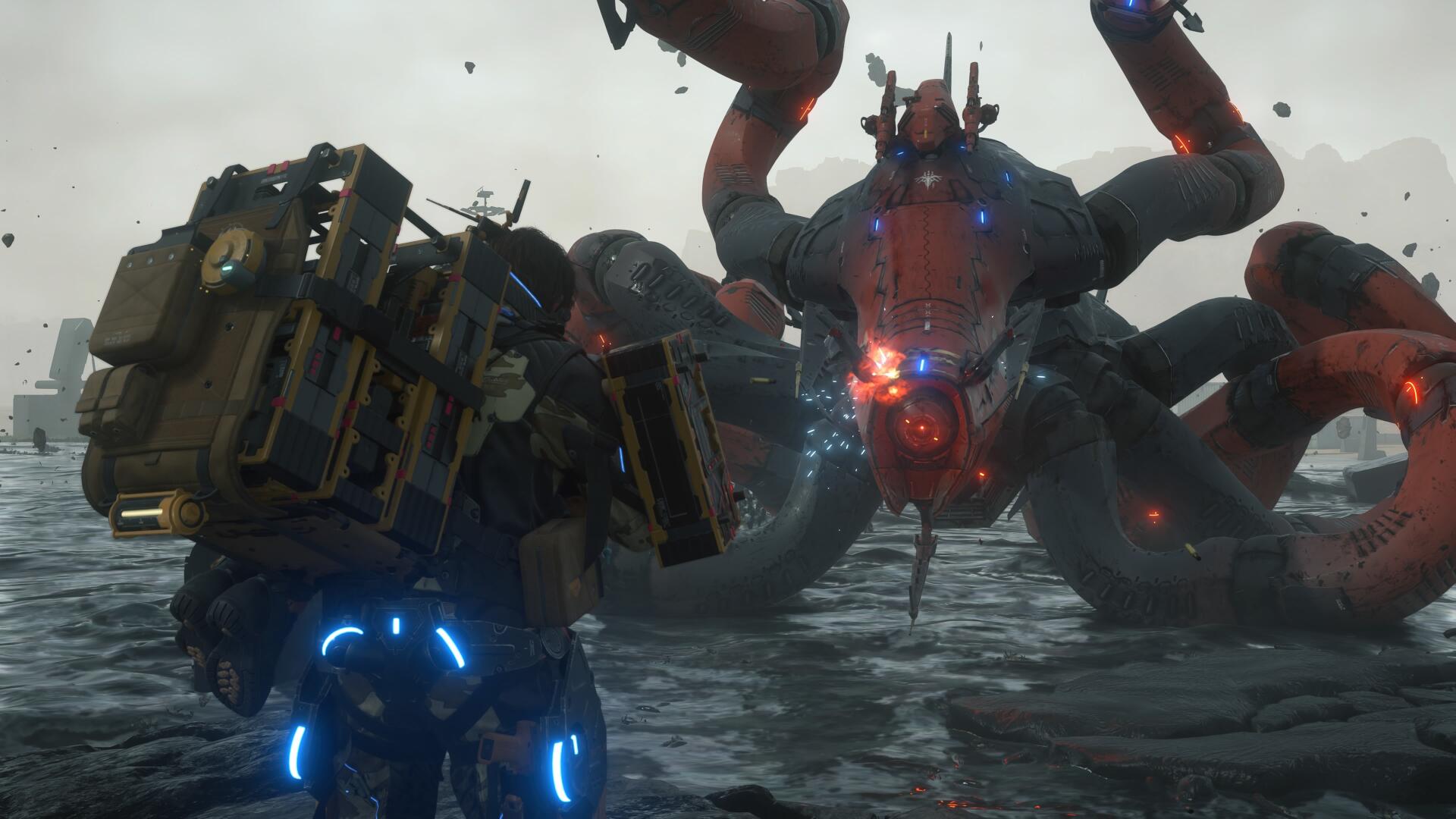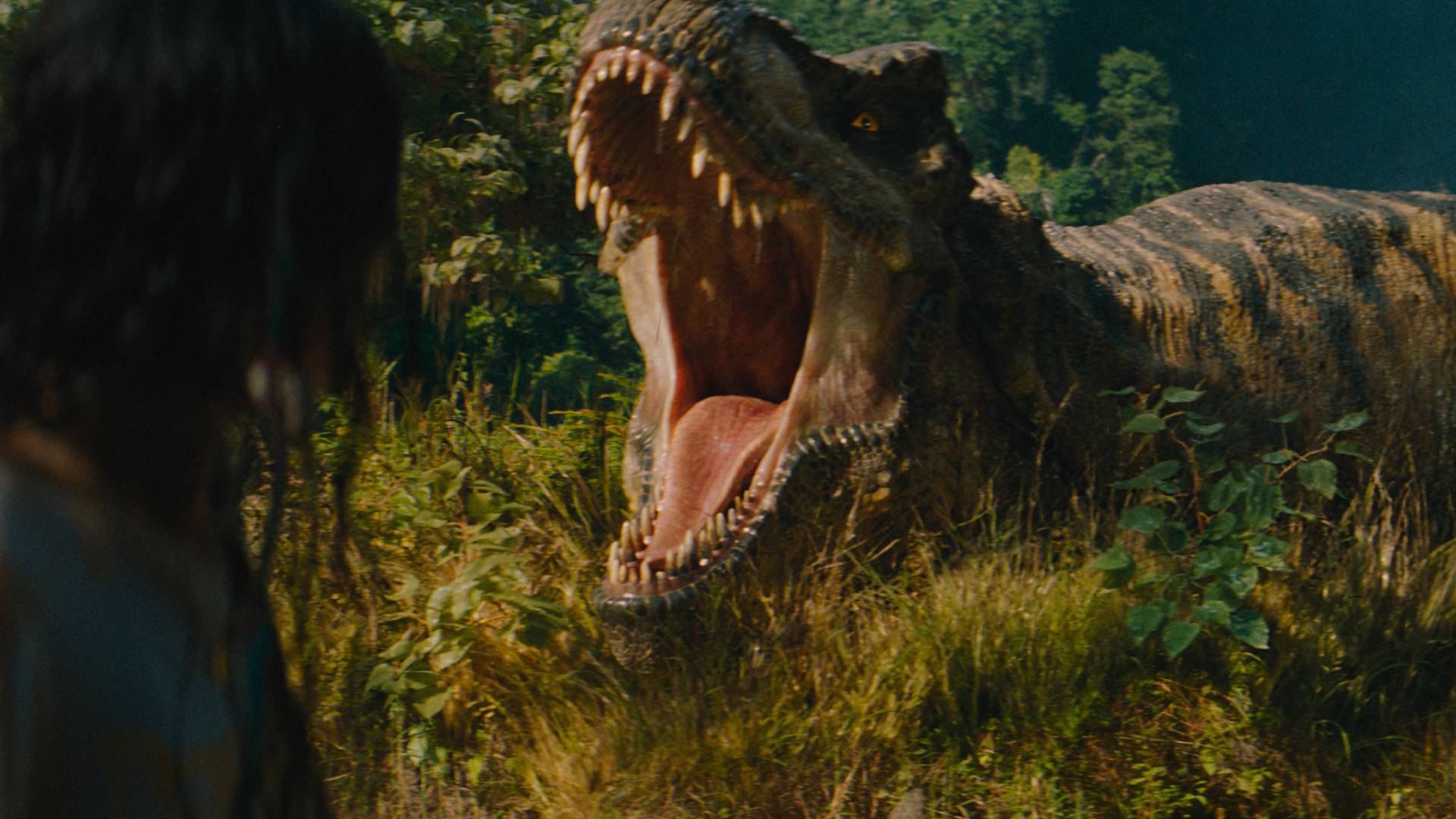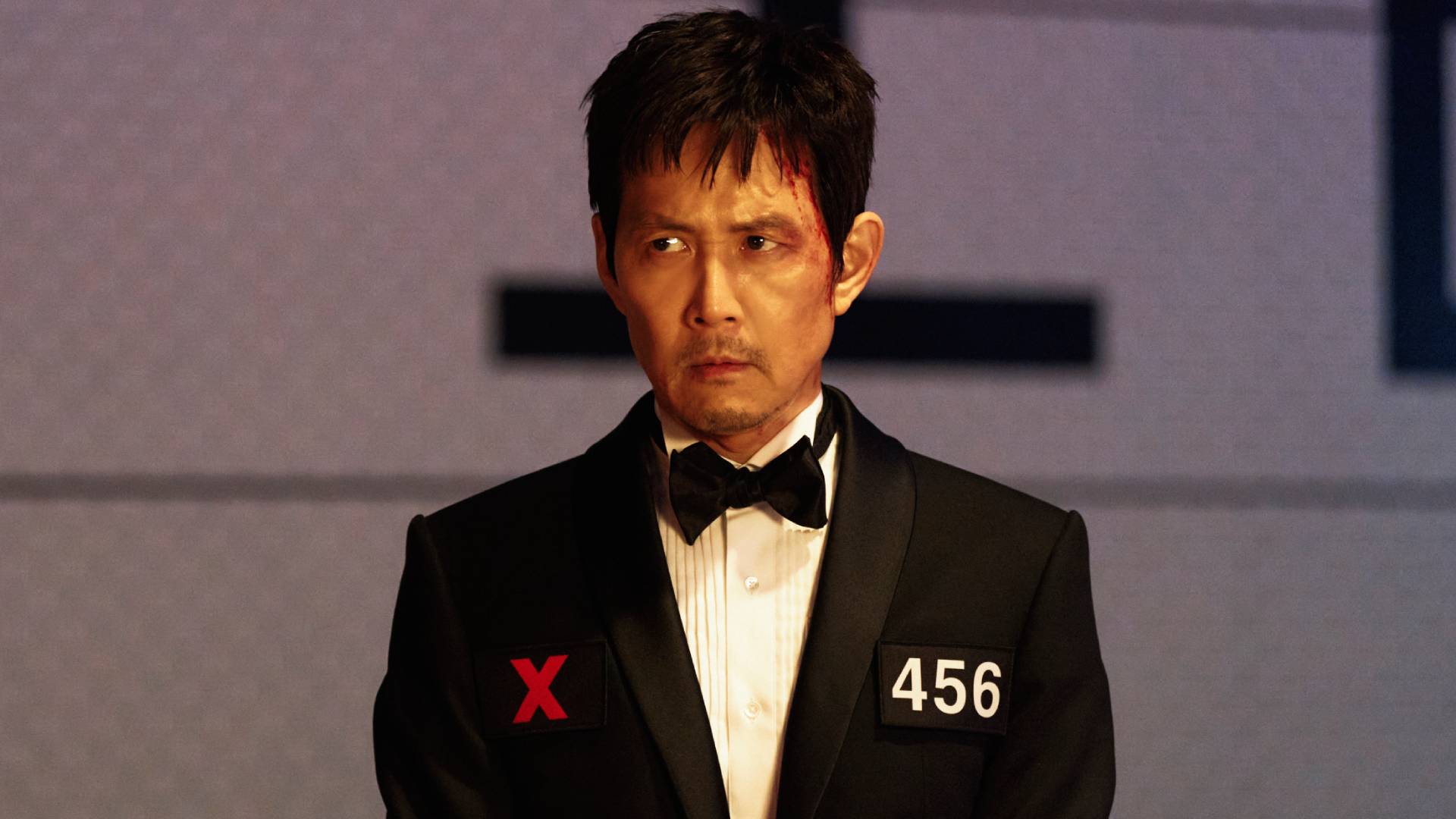Weirdest console redesigns in gaming history
The oddest console redesigns in gaming history
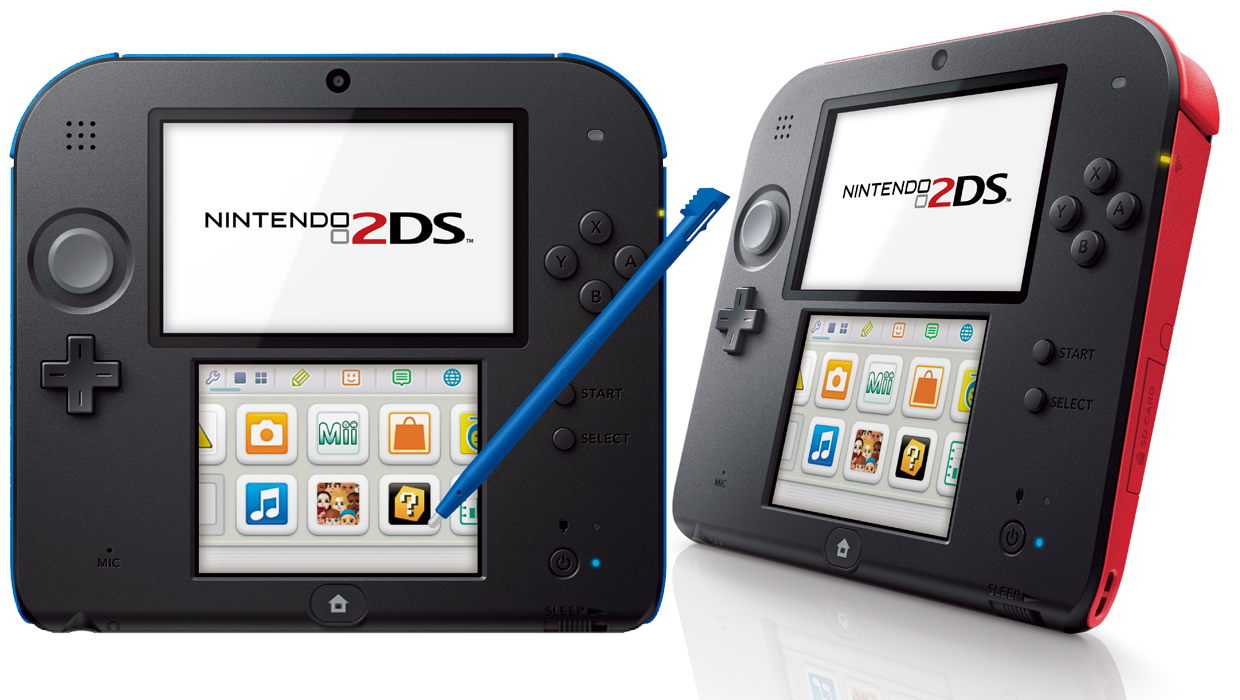
Suddenly the 2DS doesnt look so bad
Publishers as diverse as Sony, Nintendo, Atari, and Sega all took pieces of hardware back to the drawing board and came back with something really odd. You can at least give the designers credit for originality when it came to these redone systems, but these likely muddied a consoles legacy more so than expanding on it. See if you think the same thing for...
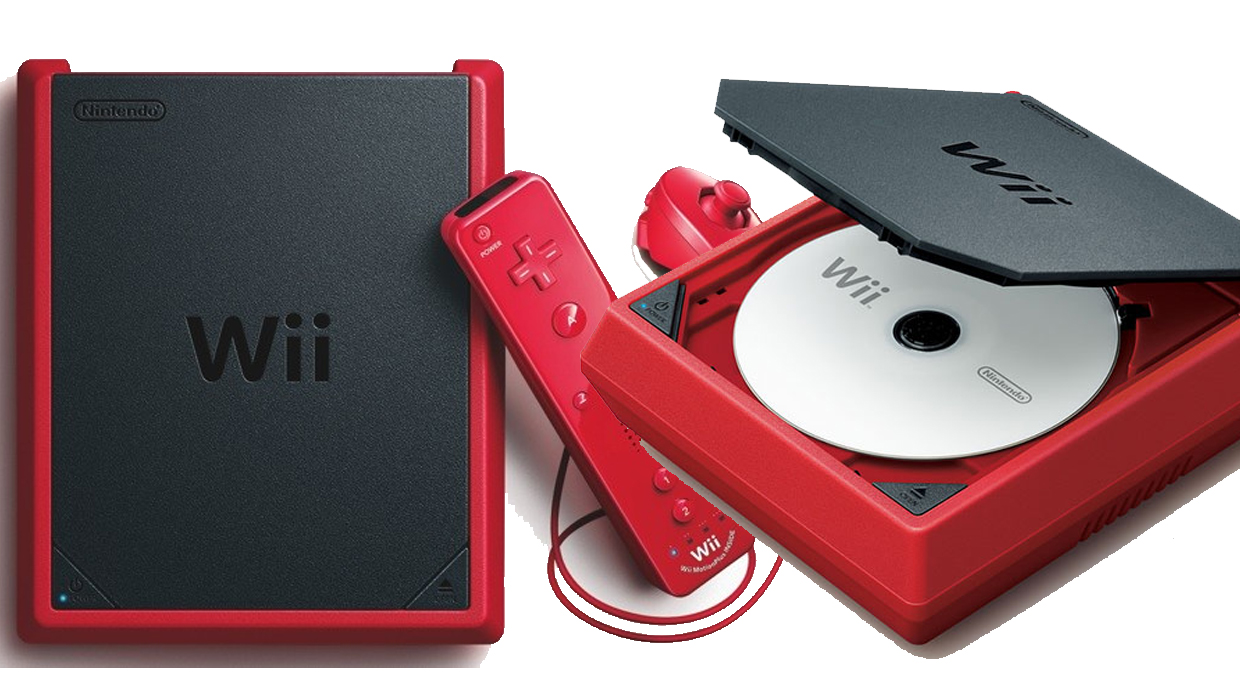
Wii Mini
By this point, the Wii has surpassed 100 million consoles sold, so youd figure Nintendo might have run out of people to sell the system to in 2012. And yet, just as the publisher was launching the Wii U, Nintendo started selling the Wii Mini. It was designed to be the cheapest version of the Wii possible, cutting out features like WiFi and GameCube compatibility. And it certainly looked cheap.
The black and red system looked more like an old CD-ROM drive than a gaming system, which we guess is what happens when you cut out so many ancillary features. It no doubt confused some consumers as well when they headed to the store in late 2012 looking for a new Nintendo system. Perhaps that was the reason the Wii Mini never came to the US, instead staying exclusive to Canada and Europe. Hmm, now that we know we cant have it, we suddenly really want to own it. Any Canucks out there want to import it for us?
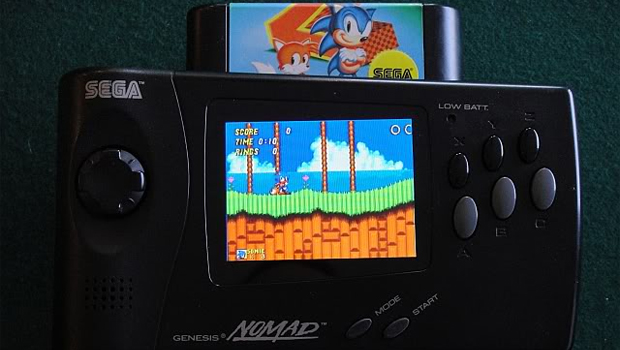
The Nomad
Sega had a good thing going in the early 1990s, as the company was neck-and-neck with Nintendo on consoles with the Genesis/Mega Drive, though its handheld, the Game Gear, couldnt touch the Game Boy. By 1995 Sega took an interesting gamble by making its presumed successor to the Game Gear a portable Genesis. At the time the Saturn was replacing the Genesis at home, so the shift to handheld wouldve made sense--were it not for all the design flaws.
First off, the Nomad had even worse battery life problems than the Game Gear; six AA batteries were devoured in a few hours, which you wouldnt expect from the tiny screen. On its own the Nomad was a fairly unsexy brick, and if you wanted play a game, the Genesis cart stuck out about two inches. And it couldnt even play 32X games, though it wouldve been hilarious to see that add-on sticking out of the Nomad. It all added up to an unappealing handheld, and based on its meager sales, consumers of the day agreed.
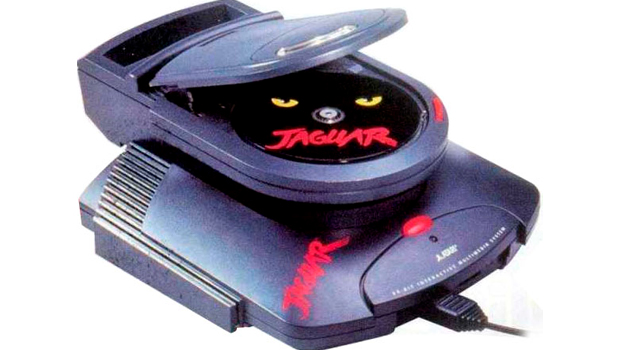
Atari Jaguar CD
The Atari Jaguar was ugly from the day it was born, so its actually kind of impressive that the company found a way to make it look worse. The Jaguar ended up being Ataris final attempt at winning the console market, and the cartridge-based system was technically 64-bit compared to the 32-bit PSOne and Saturn. In practice Jaguar games looked like hot garbage compared to their competitors, but a planned CD add-on was meant to close the tech gap. It didnt.
Lets just state the obvious: The Jaguar CDs main design flaw was that it made the system look like a toilet. It ended up being symbolic for the system, because Atari flushed the system after only 11 games shipped and 20,000 units were sold. Thats made the system a bit of a collectors item, at least for those that arent actually interested in playing good games.
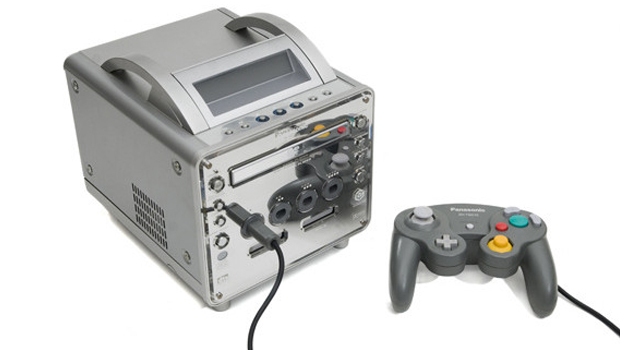
Panasonic Q
The PlayStation 2 was an immediate hit, and part of the credit goes to the DVD drive inside the system. DVDs were the sexy new format that buried VHS, so buying a PS2 got you a shiny new system and a DVD player in one purchase. The Xbox also used the format, but Nintendo preferred using proprietary minidiscs for the GameCube, mainly due to piracy concerns and the quicker load times. But if you really wanted a Cube that could also play The Matrix--and were Japanese--you could grab the Panasonic Q.
Made by Sonys big competitor in Japan, the Q looks like what people in the 1960s might have thought a computer would look like in 2001. Perhaps its greatest design mistake was taking the Cubes already goofy handle, and doubling it up. And then there was the fact that the DVD playback made the Q almost double the cost of a normal Cube. But the ease of swapping between Mario Kart: Double Dash and Fight Club was worth it.
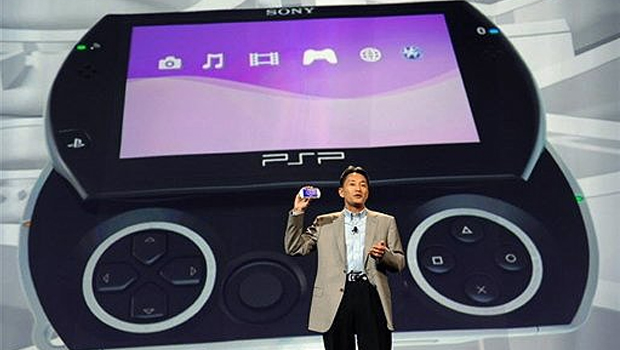
PSP Go
In 2009 the PSP was doing great in Japan, but Sonys first handheld system had stumbled some in the west, lagging far behind the Nintendo DS. Sony needed to invigorate the system and many expected the publisher would repackage it as the PlayStation phone, but PSP Go was both less and more than that. The sliding screen had the slim appeal of a fancy phone, and the slim figure came from removing UMD playback. For some reason, dropping that feature made the Go cost more than a standard PSP. Huh?
Coming in at $50 less than what Sony was then charging for the PS3, the price baffled gamers almost as much as the lack of a second analogue stick and the inability to transfer over UMD games. Sony originally planned to offer some kind of transfer service for UMDs, but that was quickly scrapped. Also, the pricey, proprietary memory expansions didnt do download-only system any favors. Thanks to all those design mistakes, what shouldve been the PSPs rebirth ended up largely ignored.
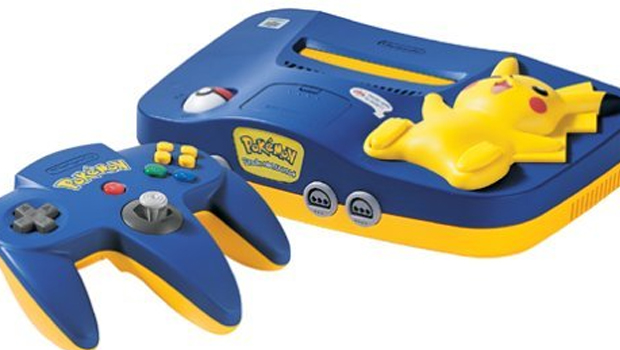
The Pikachu N64
Likely more than any other franchise, Pokemon fuels Nintendos business, so its hardly surprising a number of Nintendo systems have been redone and rebranded with the pocket monsters. Most of the redesigns integrate Pokemon in some simple or clever way, such as the Pikachu 3DS. This N64 was not one of those.
Released in 2000 alongside the interesting experiment/crummy game Hey You, Pikachu!, this N64 assaults the eyes with blue and yellow plastic. On the left is cute power switch shaped like a Pokeball, but the right side of the system is lopsided to make room for the huge plastic Pikachu. The functionality wasnt affected in any way, but if you somehow wanted an N64 four years after it went on sale, we doubt Pikachus shiny, smiling face won you over.
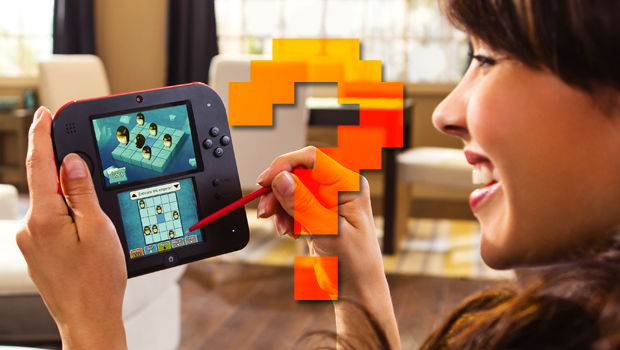
Back to the drawing board
Those are the six strangest redesigns we can recall, but if any of you can think of any other consoles that look worse than the 2DS, be sure to tell us in the comments!
And if you're looking for more history lessons, check out the history of console redesigns and the top 7 consoles that didnt deserve to fail.

Henry Gilbert is a former GamesRadar+ Editor, having spent seven years at the site helping to navigate our readers through the PS3 and Xbox 360 generation. Henry is now following another passion of his besides video games, working as the producer and podcast cohost of the popular Talking Simpsons and What a Cartoon podcasts.
